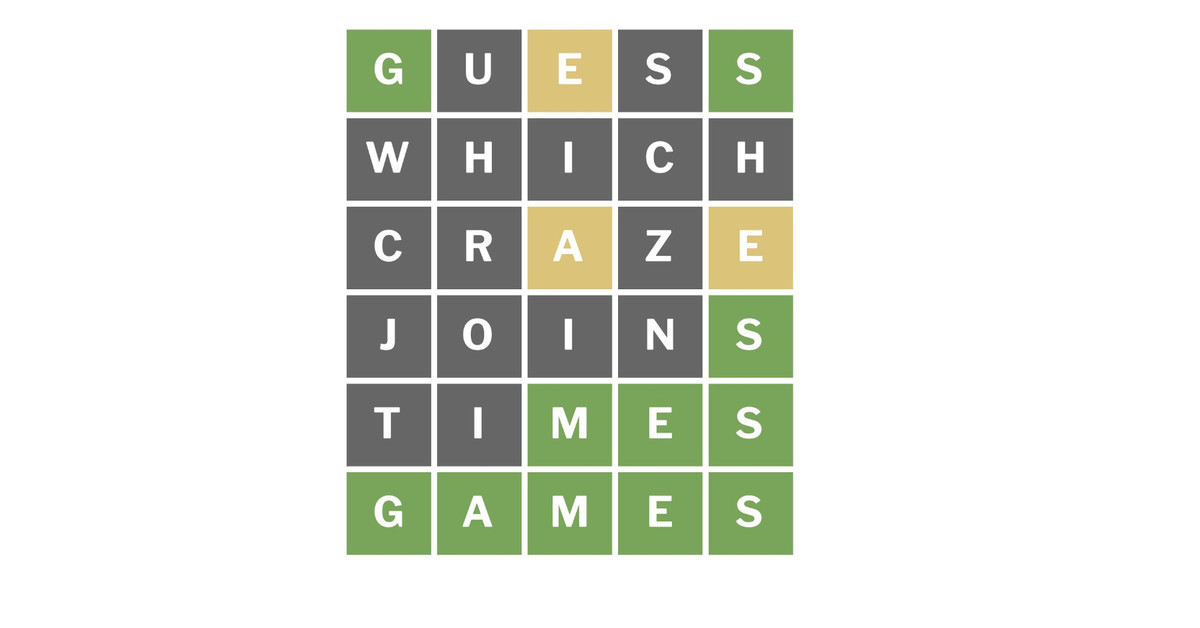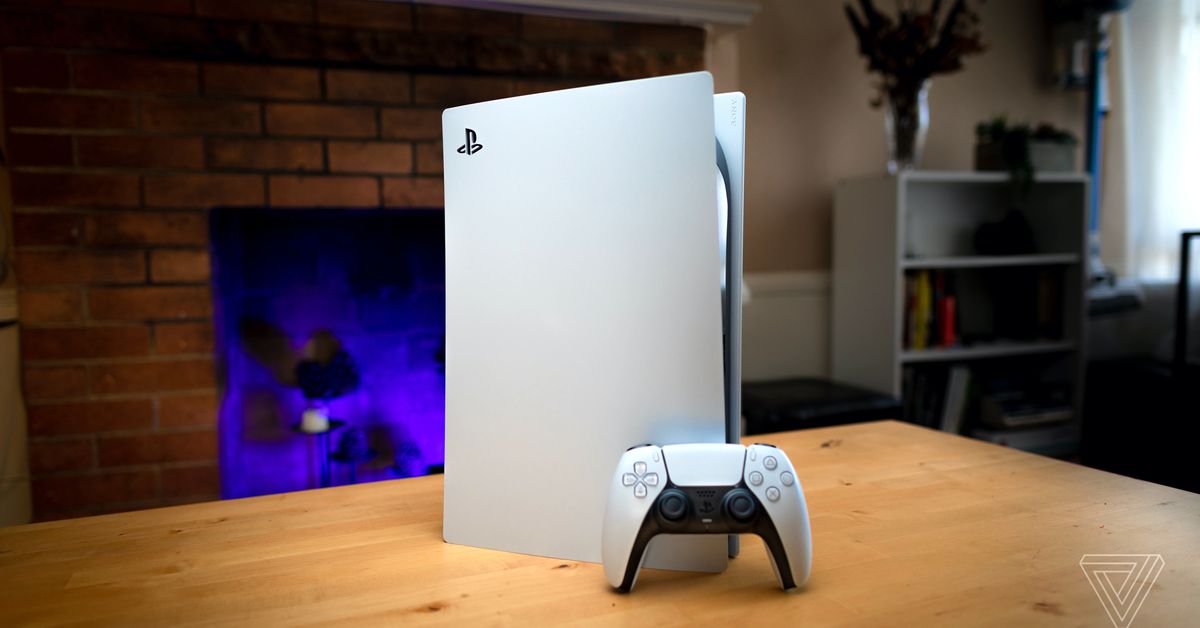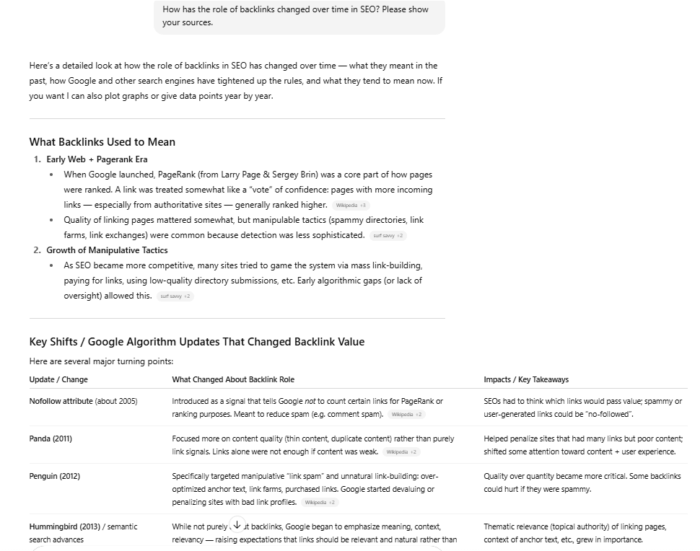Google Maps’ Live View feature now offers more useful information about restaurants and businesses
Google announced a bunch of new features for Google Maps at its 2021 I/O developer conference today, including upgrades to its handy Live View tool, which helps you navigate the world through augmented reality. Live View launched in beta...

Google announced a bunch of new features for Google Maps at its 2021 I/O developer conference today, including upgrades to its handy Live View tool, which helps you navigate the world through augmented reality.
Live View launched in beta in 2019, projecting walking directions through your camera’s viewfinder, and was rolled out to airports, transit stations, and malls earlier this year. Now, Live View will be accessible directly from Google Maps and will collate a lot of handy information, including how busy shops and restaurants are, recent reviews, and any uploaded photos.
It sounds particularly handy for exploring new destinations remotely. You can remotely browse that street full of interesting restaurants while on holiday, checking out which places are heaving, and even looking at some of the pictures of dishes.
We’re making it easier to explore with Live View.
Soon you’ll be able to access it right from the map to see helpful details about places nearby — like their busyness, reviews, photos, and more. #GoogleIO pic.twitter.com/V2g5Q8s7rR
Live View also now has better labeling for streets on complex intersections, says Google, and it will automatically orientate you in relation to known locations (like your home or work).
That’s not all for Maps, though, and as Google’s Liz Reid said onstage, the company is on track to launch “more than 100 AI-driven improvements” for the app this year.
Other upgrades include a wider launch for the detailed street map view, which will be available in 50 new cities by the end of the year, including Berlin, São Paulo, Seattle, and Singapore; new “busyness” indicators for whole areas as opposed to specific shops and businesses; and selective highlighting of nearby businesses based on the time of day that you’re looking at Google Maps. So if you open up the app first thing in the morning, it’ll show you more places to grab a coffee than a candle-lit dinner for two.
A more ambitious upgrade for Maps is using AI to identify and forecast “hard-braking events” when you’re in your car. Think of it like traffic warnings that navigation apps issue based on data collated from multiple users. But instead of just traffic jams, Google Maps will try to identify harder-to-define “situations that cause you to slam on the brakes, such as confusing lane changes or freeway exits.” The company says its tech has the ability to “eliminate over 100 million hard-braking events in routes driven with Google Maps each year” by giving users a head’s up when it knows such an event is on the horizon.

 Kass
Kass 
































